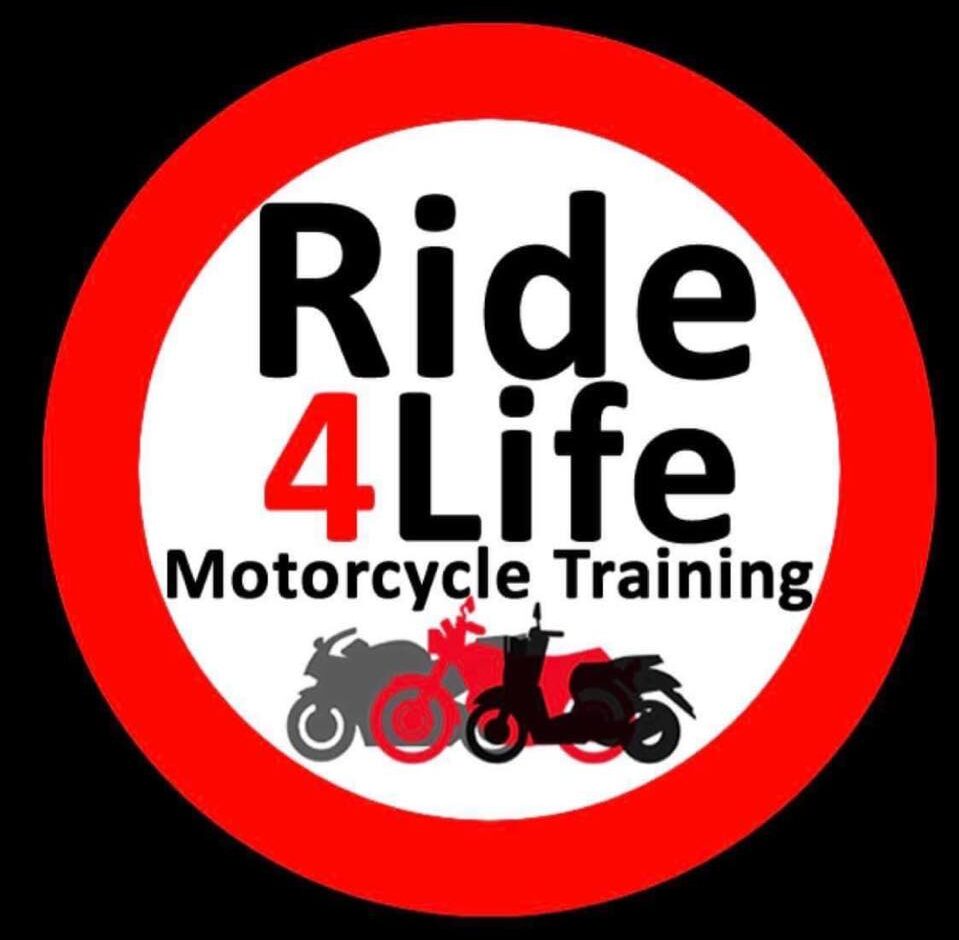A multilane carriageway at least removes some of the dangers that you face with single lane roads. For a start every vehicle is going the same direction so you’re unlikely to meet another vehicle coming towards you. But because multilane roads are usually busier and faster moving, when there is a problem things tend to go wrong at an alarming speed.
By far the biggest danger on a multilane road is running into the vehicle in front or being hit from behind so it’s crucial that you don’t tailgate. If the traffic suddenly stops, you need enough time to plan where you’re going to put the bike as well as braking in a controlled way. Once the traffic has slowed, it’s time to start filtering.
In simple terms filtering is an overtaking manoeuvre and in most cases overtaking is perfectly legal provided:
You don’t cross a solid centre white line.
You don’t overtake after a ‘No overtaking’ sign.
You don’t overtake on the zigzags of a pedestrian crossing.
No danger is caused to other road users and no vehicle is caused to alter course or speed.
Following the above rules should keep you on the right side of the law but it doesn’t mean you’re blameless if you have an accident. Providing you’re not prosecuted for dangerous or careless driving you¹re unlikely to suffer a police prosecution but you could still be facing a civil action.
With that in mind it’s a good idea to apply a few rules to your filtering.
Slow down. You¹re making progress, it¹s enough.
On a motorway only overtake between lanes two and three.
Keep your headlight on dipped beam.
Watch for doors opening and front wheels turning.
Keep checking your mirrors for other motorcycles, especially when swapping lanes.
Although it’s usually done at a relatively slow speed, filtering is still a fairly dangerous motorcycling manoeuvre.
The most likely cause of an accident while filtering is impatience. Drivers stuck in traffic quickly become irritated with their lack of progress and do stupid, impulsive things.
A few minutes previously they were bombing along at over a mile a minute so to be reduced to a snails pace is understandably frustrating.
The longer the traffic queue, the more likely people are to do something irrational.
On a single carriageway there are several situations you don’t want to find yourself in. The first, and perhaps most likely, is unexpectedly facing a vehicle that’s turned from a side road and into your path.
The easiest way to avoid this is to make yourself as visible as possible by riding well over into the oncoming lane.
By riding closer to the curb than the centre line opens up your angle of view and gives emerging drivers more time to spot you.
If you come across a blind bend or junction, move back towards the centre line and slow right down until you can see clearly again.
Filtering in this way has the added benefit of helping in the second situation you don’t want to find yourself in – when a driver makes an overtaking dash down the outside to a junction or suddenly decides to do a u-turn.
Keeping away from the centre line gives you an improved field of view enabling you to spot likely trouble before it happens.
In slow moving or stationary traffic, vehicles usually sit fairly close together. Drivers thinking about performing a u-turn or a quick dash to a junction will let the vehicle in front pull forward a few feet before swinging out into the oncoming lane.
It’s more difficult to spot these opening spaces if you’re hugging the centre line.
Also, if you do get caught out and a car begins to turn in front of you, by being to the right of the oncoming lane you’ll spot trouble earlier, and be able to brake in a relatively straight line instead of having to brake and swerve as you would if you were closer to the traffic queue.
https://www.youtube.com/watch?v=1SX0ouGKoWE
